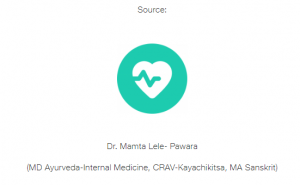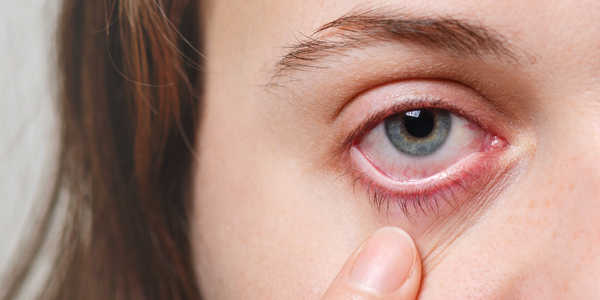[the_ad id=”6076″]
In recent times, a concerning trend has emerged – the steady increase in cases of eye flu, more formally known as conjunctivitis. This condition, characterized by the inflammation of the conjunctiva – the thin, clear tissue covering the white part of the eye and the inner surface of the eyelids – has been on the rise, affecting individuals of all ages. In this blog, we will delve into the symptoms, preventive measures, and vital information surrounding conjunctivitis.
Symptoms of Conjunctivitis: Recognizing the Red Flags
Conjunctivitis exhibits a range of distressing symptoms, making it important to promptly identify the condition for early intervention. The telltale signs include redness of the eye, often accompanied by excessive ‘tears’ and a discharge that can be either watery or thick and yellowish. Individuals may also experience sensations of grittiness, itching, and burning in the affected eye. These symptoms can cause discomfort and impair daily activities. It’s essential to note that conjunctivitis can be caused by various factors, including bacterial, viral, or allergic triggers.
Hand Hygiene and Personal Item Precautions: The Key to Prevention
As the saying goes, “Prevention is better than cure,” and the same holds true for conjunctivitis. Preventing its transmission is primarily achieved through practicing good hand hygiene and avoiding the sharing of personal items. Hands are frequent carriers of germs, and touching the eyes with contaminated hands can lead to the spread of infection. Regularly washing hands with soap and water for at least 20 seconds can significantly reduce the risk of contracting or spreading conjunctivitis. Additionally, refraining from sharing items like towels, pillowcases, and makeup can limit the likelihood of infection transmission.
Differentiating Between Viral and Bacterial Conjunctivitis: Treatment Implications
It’s important to distinguish between viral and bacterial conjunctivitis, as their treatment approaches differ. Viral conjunctivitis, often referred to as viral pink eye, is the most common form. While uncomfortable, it tends to resolve on its own without specific antiviral treatment. Patience, proper hygiene, and self-care measures are essential components of managing this condition. On the other hand, bacterial conjunctivitis requires a different approach. Antibiotics prescribed by a healthcare professional are typically effective in treating bacterial infections, speeding up the recovery process.
Seeking Medical Attention: When to Raise the Alarm
While most cases of conjunctivitis are mild and self-limiting, there are instances where seeking medical help becomes imperative. Worsening symptoms, severe pain, heightened light sensitivity, or blurred vision should not be ignored. These could indicate a more severe underlying condition that requires immediate attention. Consulting an eye care specialist in such situations can prevent complications and ensure proper treatment.
Vulnerable Groups: Special Considerations
Certain demographics are more susceptible to the adverse effects of conjunctivitis. Newborns, pregnant women, and individuals with weakened immune systems are among those who need to exercise extra caution. For these groups, the impact of conjunctivitis can be more severe and may lead to complications. Seeking medical advice at the earliest signs of symptoms is crucial to prevent potential risks.
In conclusion, the escalating cases of conjunctivitis, or eye flu, underscore the importance of awareness, prevention, and timely intervention. Recognizing the symptoms, practicing meticulous hand hygiene, avoiding personal item sharing, and knowing when to consult a medical professional can collectively contribute to curbing the spread of this uncomfortable and often irritating condition. By staying informed and proactive, we can collectively work towards minimizing the impact of conjunctivitis on our communities and ensuring better ocular health for all.

